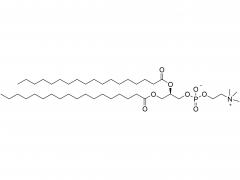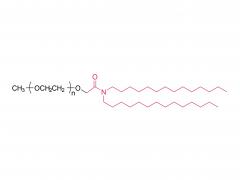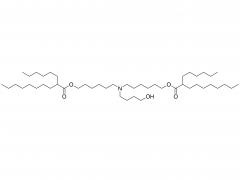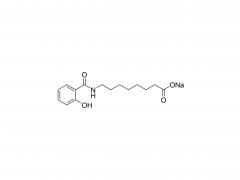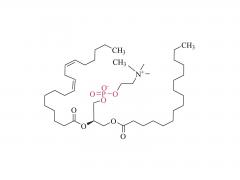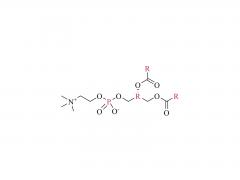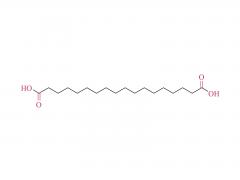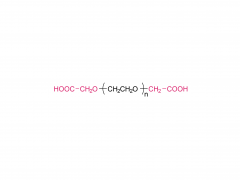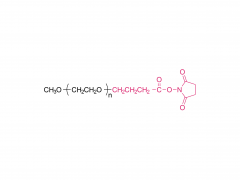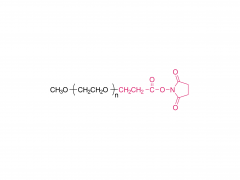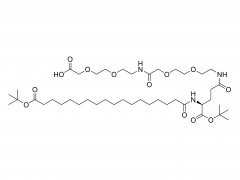In the field of modern medical care, the research and application of new medical dressings continue to promote the progress of wound and nuclear technology. As a high-tech biological material, polyethylene glycol dressing has attracted widespread attention and high praise in the medical field due to its unique performance and remarkable clinical effect.
Polyethylene glycol dressing, referred to as PEG dressing, is mainly prepared by special processes from polyethylene glycol with different degrees of polymerization. It is a water-soluble polymer material with good biocompatibility and moist moisturizing performance, which can provide a moist microenvironment for cell growth, thus promoting wound healing, reducing scar formation, and effectively relieving patients' pain.
The unique advantage of polyethylene glycol dressing lies in its non-adhesive characteristics. When dressing is replaced, it will not cause damage to new granulation tissue, which helps to protect the fragile new skin, especially suitable for the treatment of chronic refractory wounds, diabetic foot ulcers and other complex wounds. In addition, polyethylene glycol dressing also has excellent oxygen permeability and antibacterial ability, which can effectively prevent wound infection and further accelerate the wound recovery process.
Traditional dry healing strategies may lead to dry and scabbed wound surfaces, which not only slow down the migration and proliferation of epithelial cells, but also hinder new angiogenesis, thus affecting the wound healing process. On the contrary, a moist healing environment has been shown to promote cell activity and tissue regeneration, reduce inflammatory response, and facilitate the dissolution of necrotic tissue.
With its high hygroscopicity and moisturizing properties, polyethylene glycol dressing can absorb and lock the moisture in wound exudate, forming a moist microenvironment without excessive moisture.This microenvironment can not only keep the wound moist, which is beneficial to the movement of white blood cells and phagocytosis of pathogens, but also prevent cell edema or impregnation caused by excessive moisture, thus providing ideal conditions for cell migration and the growth of new granulation tissue.
In addition, polyethylene glycol dressing has excellent chemical stability. Its nonionic characteristics make it difficult to react with other substances, nor will it be degraded rapidly by the body, so it can continue to act on the wound surface for a long time, effectively maintaining the stability of the wound environment. More importantly, due to its low sensitization and good biocompatibility, polyethylene glycol dressing greatly reduces the risk of allergic reactions, ensuring the safety of patients during the use of the process, especially for those who have allergic constitution or need long-term care of chronic wounds, is an ideal choice.
In general, as an advanced dressing product in modern medical care, polyethylene glycol dressing is leading a new round of innovation in wound care concepts and technologies globally with its excellent performance and clinical efficacy. In the future, with the continuous progress of science and technology, we expect that polyethylene glycol dressing can bring more high-quality and more efficient wound healing experience to more patients, and help promote the development of global medical care.






